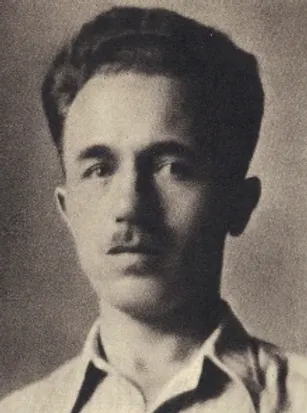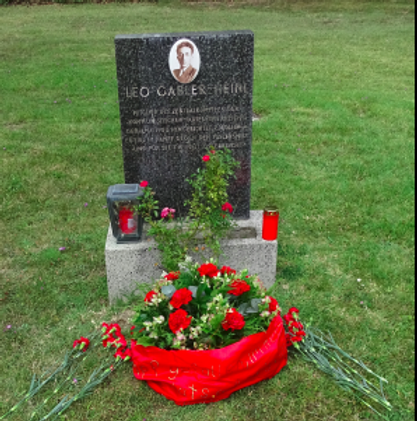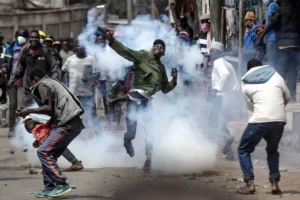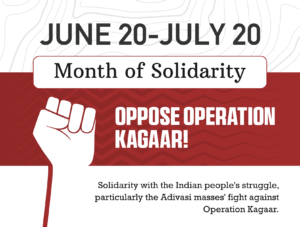
Austria: 80th Anniversary: In memory of Leo Gabler
We hereby publish an unofficial translation of an article published by Rote Fahne Österreich:
In memory of Leo Gabler, a role model of the revolutionary youth and the unemployed
June marks the 80th anniversary of the death of the communist and resistance fighter Leo Gabler.i In memory of Leo Gabler, his contribution to the liberation of Austria from Nazi fascism should be held in high esteem.

Leo Gabler, who was born in Vienna in 1908, started his apprenticeship as a tatter and found work only occasionally. He was confronted with the situation of unemployment very early on. At the age of about 14 he was politically organized in the Communist Youth Association. As a young unemployed man, his life was marked very early by the miserable living conditions. Under this living conditions, the reactionary rule of Austrofascism and through his organized activity in the Communist Youth Association, Leo Gabler very quickly came to the realization that social conditions can only be changed by the working class and the masses themselves. In his function as a leader in the organization, he united numerous members. He was an enemy to the rulers in Austria through his activities and so he was arrested several times for participating in demonstrations and violating the press law.
In the mid-1930s, he managed to escape to Prague, from where he commuted to Moscow and belonged to the party leadership of the exile KPÖ. In 1941, the Nazis managed to deal a serious blow to the Central Committee of the KPÖ. In order to restore the party leadership, Leo Gabler was smuggled back into Austria. Leo Gabler reorganized the work among the soldiers, organized illegal strikes and published the then illegal newspaper “The Red Flag” and continued the organized resistance struggle.
Having fallen victim to a Gestapo spy, Leo Gabler was finally arrested in October 1941 and taken to the Mauthausen concentration camp. In April 1944 he was sentenced to death for “preparation for communist treason” and was executed in June/August of the same year.
Leo Gabler’s life, work and commitment to the liberation of the oppressed and exploited is still an example for many today. In order to keep his life and work high, his grave at the Vienna Central-Cemetery is still visited and cared for by revolutionary, democratic and anti-imperialist forces today.

Vienna Central-Cemetery
iThe editorial office of the Rote Fahne refers to the date of death recorded in various sources of the documentation archive, June 7th. Texts of the KPÖ from 1945, which reflect memories and oral traditions of the comrades of the KPÖ, call the 14th of August.

